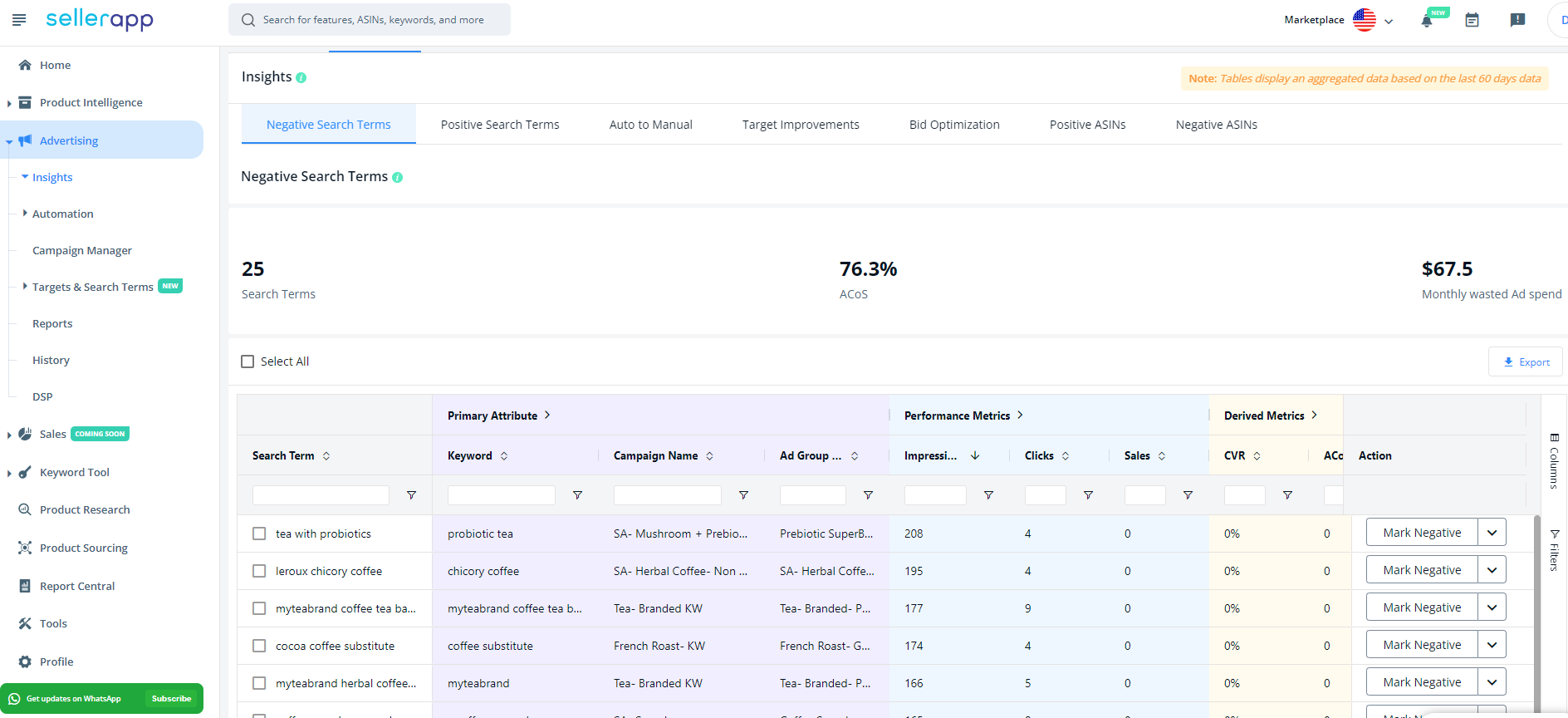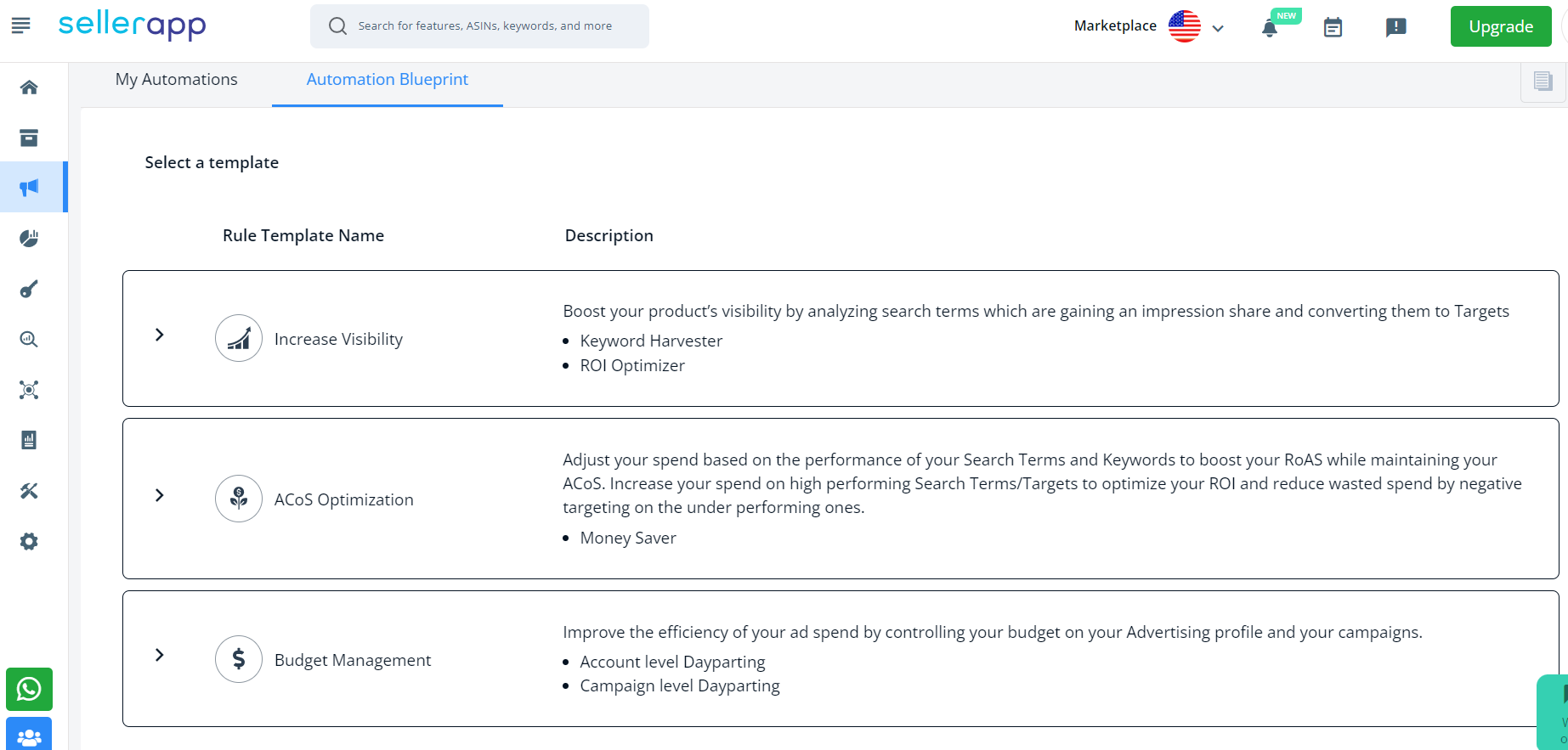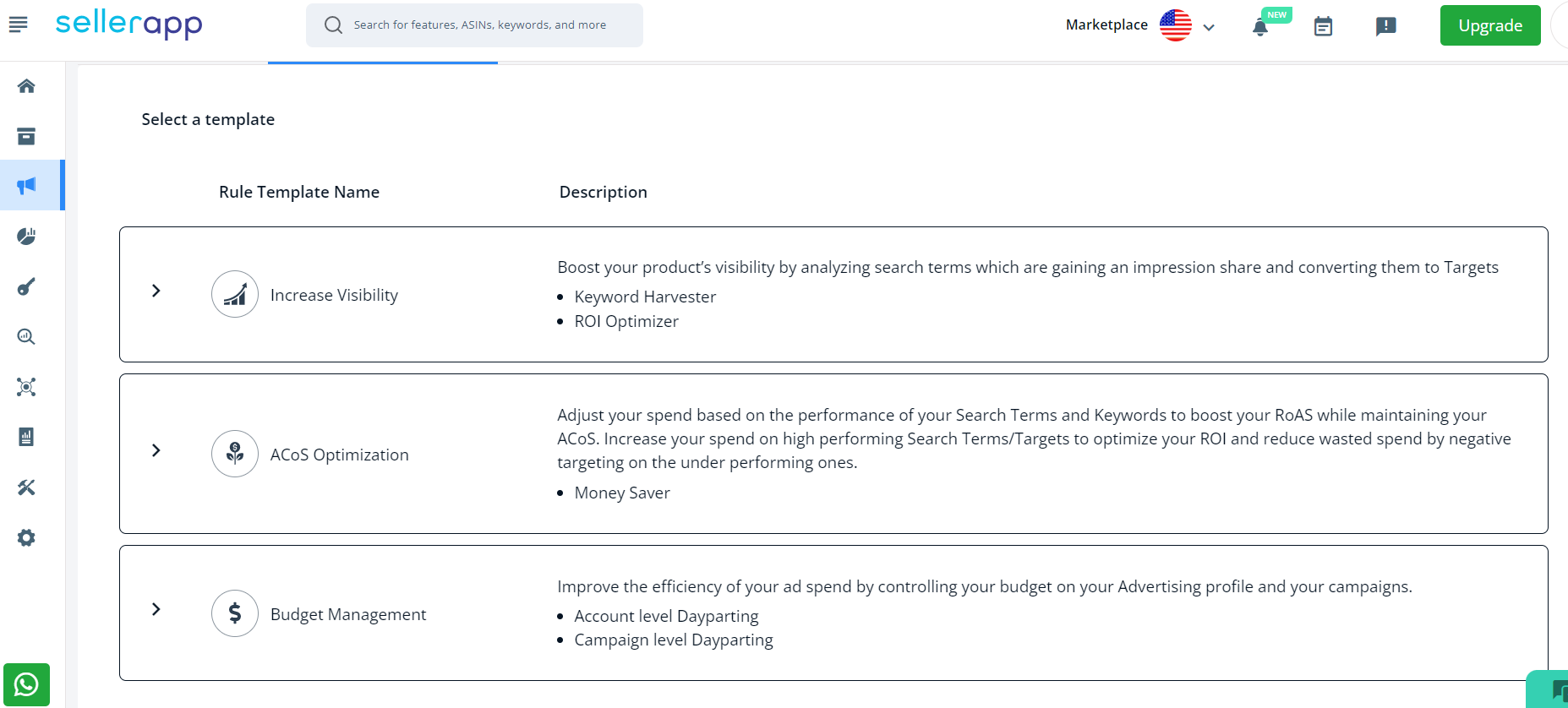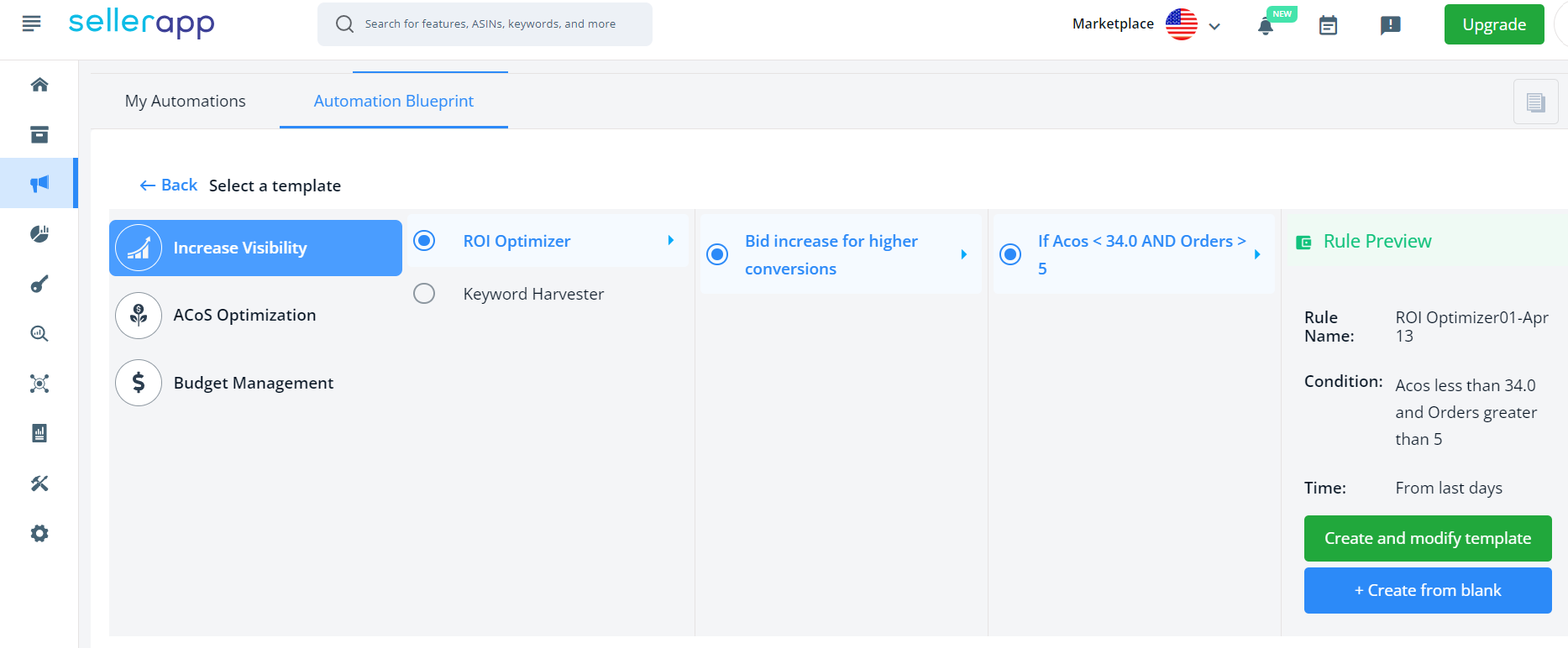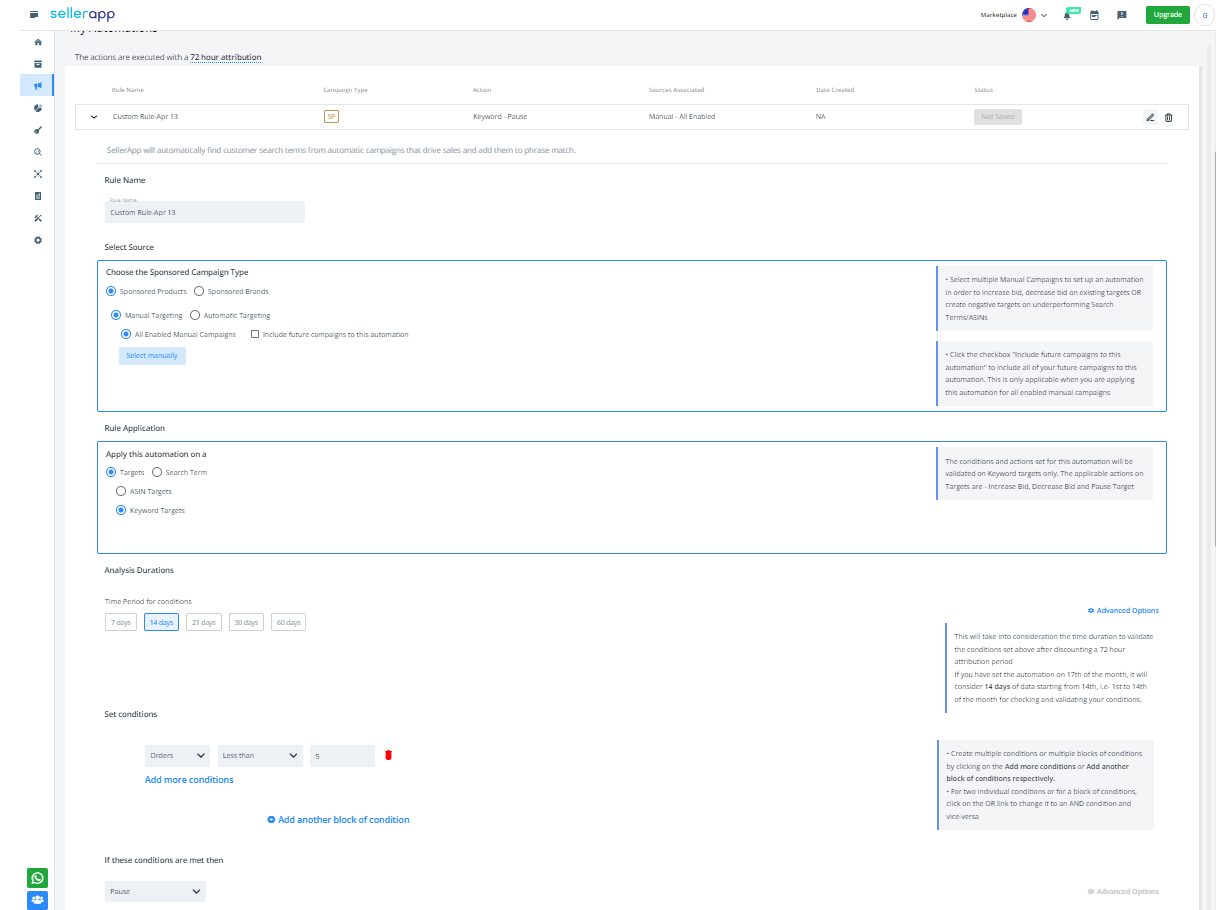If you are running ads on Amazon, you would probably know how time-consuming it is to regularly adjust and track your ad campaigns.
You need to monitor your keywords and optimize your bids to make your ads run profitably. If you can automate all these processes, you can save a lot of time and effort, can’t you?
Advertising automation can really help you streamline your Amazon ad management.
Besides, automating your campaign management will also give you precise results.
This article tells you everything about how automation can benefit you as a marketer and helps you with techniques that can make you stand out in the competition.
What to consider before beginning with automation
The problem with Amazon PPC campaigns is you constantly need to test and track them. But automation allows you to be productive and save a lot of time and effort – more about that later.
You need to know all the aspects of your Amazon ad that you can automate.
Here are the three key aspects of your Amazon campaign that you can automate:
- Bids
- Keywords
- Campaigns
Along with that, we’d suggest you track your campaign budgets so you can effectively automate your campaigns.
Why should you automate your Amazon campaigns?
Amazon advances every day, and so does the competition. Therefore, any advertising efforts demand quick and precise results in an unprecedented way. And, automation helps you achieve just that. Besides, instead of monitoring and optimizing manually, you can focus on other activities, including product research, inventory management, and other activities of your business.
Advertising automation can benefit Amazon sellers in multiple ways.
Automation saves time
This is a no-brainer. Automation allows you to save time for engaging yourself in other productive activities that may help boost your business, apart from ad management. If you have a large portfolio of products and run multiple automatic and manual campaigns, you need to spend more time managing and optimizing ad campaigns.
It reduces effort with built-in features
When you leverage automation and tools that can optimize your Amazon PPC campaigns, you can find insightful features that give you actionable data on existing campaigns. Let’s say these advanced Amazon optimization tools can suggest negative keywords depending on your target ACoS, help you find top-performing keywords from automatic campaigns, and suggest you take necessary actions.
These built-in features help you launch, optimize, and scale your campaigns seamlessly.
Automation Improves scalability
The campaign’s scalability increases if you run and manage multiple campaigns without spending much effort and time. This would save you time in strategizing your advertising efforts.
It helps in documentation and data collection
Analyzing historical advertising data is helpful for creating campaigns. The search term report and targeting report are very helpful to advertisers. But, Amazon only allows access to advertising reports for 65 days and 90 days respectively. That means you should download all the data periodically or you will lose the historical data.
On the flip side, if you use third-party advertising automation tools, you can access all your data from the time you sync your account to till date.
It operates based on a set of rules
There are two cases that arise if you change bids manually without automation. You lower the bid beyond a limit so that you no longer deal with many important keywords. The second case is where the bid goes higher than expected. In this scenario, the ACoS increases unimaginably.
When you automate the process of optimization, the system decreases or increases bids based on several pre-set rules. This helps you maintain an optimum ACoS and ensure that you do not omit relevant keywords.
Optimizes round the clock
The automation mechanisms work round the clock without any break so that the reports and analyses are available at any time.
Lowering the scope of human errors
When you are doing the PPC management manually, it is quite natural for mistakes to creep in. Unlike manual PPC management, automation does away with mistakes and false interpretations.
Things to keep in mind before you automate Amazon ad campaigns
Before you automate the campaigns, there are certain steps you should follow to ensure your automation process runs smoothly.
Fixing the goals
Setting a clear goal for your campaigns will help you create the right PPC strategies. These goals may include, increased brand visibility, more brand awareness, better organic ranking, improved market share, etc.
Set the ad budget and closely watch the metrics
Keep in mind the budget. You also need to possess an understanding of the metrics you want to watch. Watching the metrics for some time will help you find what’s working for your campaign. This will lead to the refinement of your PPC strategies.
Choose the right way to automate your campaigns
There are two ways in which you can automate your campaigns.
⚫ Use an advertising tool like SellerApp to automate some of your PPC tasks.
⚫ You can either optimize manually or go for automation. If you choose automation, you can also decide if you want to go with the defined rules or the machine learning algorithms.
Difference between rule-based automation and machine-learning automation
| S. No. | Rule-based automation | Machine-learning automation |
| 1 | Allows you to set the metrics manually | No need to set the input manually. |
| 2 | More control over your campaign as it works based on a set of rules to get the desired results. | It depends on historical data to learn about the campaign and make decisions based on them. |
A step-by-step guide to automating your Amazon PPC campaigns using SellerApp
Now that you know the many benefits that automation brings to your Amazon ads, let’s see how to automate your PPC campaigns. Here is the step-by-step guide.
SellerApp’s automation rules work based on pre-defined rule sets. You can automate your PPC using these rules. To begin with the automation, you need to:
- Log in to the Dashboard
- Navigate to “Advertising”
- Click “Automation”
- Select “Automation Blueprint”
You can either “Create from Blank” or “Choose from template”
Choose from Template
If you click “Automation Blueprint,” it will show three rule templates to choose from. They include:
- Increase visibility
- ACoS Optimization
- Budget Management
You can increase your product’s visibility by incorporating search terms that will gain you more impressions. You can use Keyword Harvester and ROI Optimizer to achieve this.
ACoS optimization allows you to adjust your ad spending according to the performance of your keywords. It helps you boost your ROI while maintaining your ACoS. You can curb the wastage of money by optimizing negative keyword targets in your campaigns. You can use the feature called Money Saver to attain optimum ACoS.
The third rule is Budget Management, which helps you use dayparting to optimize your campaign budgets. Dayparting helps you run your ads at the most optimal times of the day. You can use dayparting at the campaign and account levels.
Create from Blank
Apart from choosing from the pre-set rule templates, you can also create your own rule from scratch. The “Create from Blank” option allows you to create your own rules or set different conditions for your campaign.
Click “Create from blank” and add the relevant information about your new rule.
Final words
Automation minimizes your workload to a great extent. But you can not lean back imagining that automation will bring the desired results. It is always a good idea to review your campaigns at least once a week. Also, give the right suggestions to the automation system at the right time to gain maximum benefit.
——
About the Author:
Arishekar is a multi-faceted marketing professional with a proven track record of success in the highly competitive e-commerce industry. As the Senior Marketing Director at SellerApp, Arishekar has been instrumental in driving the growth and success of the company. With over ten years of experience in digital marketing, he has specialized in areas such as SEO, PPC, social media, and content marketing, making him a multifaceted marketing professional.
Linkedin: https://www.linkedin.com/in/arishekar/
Twitter: https://twitter.com/arishekarn
